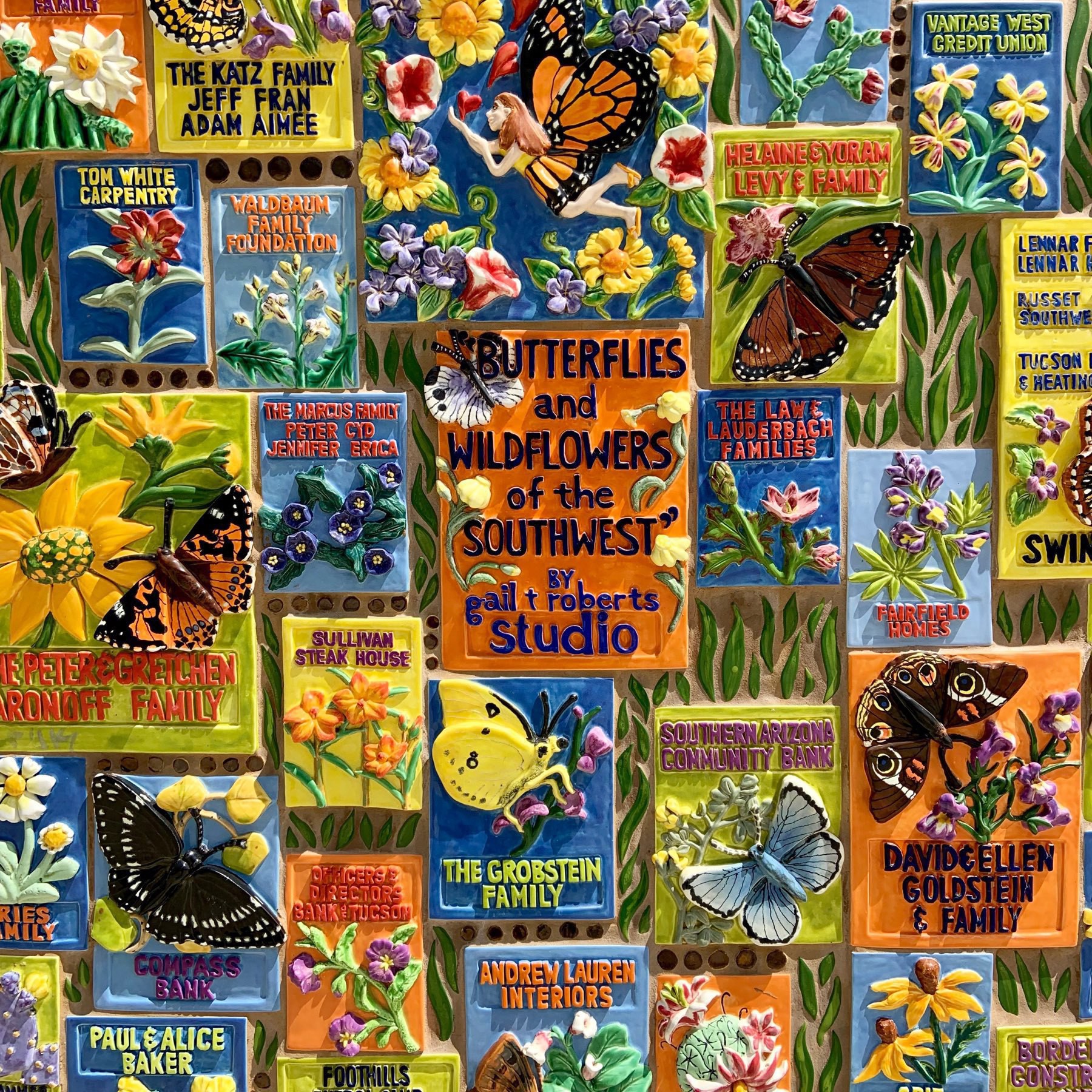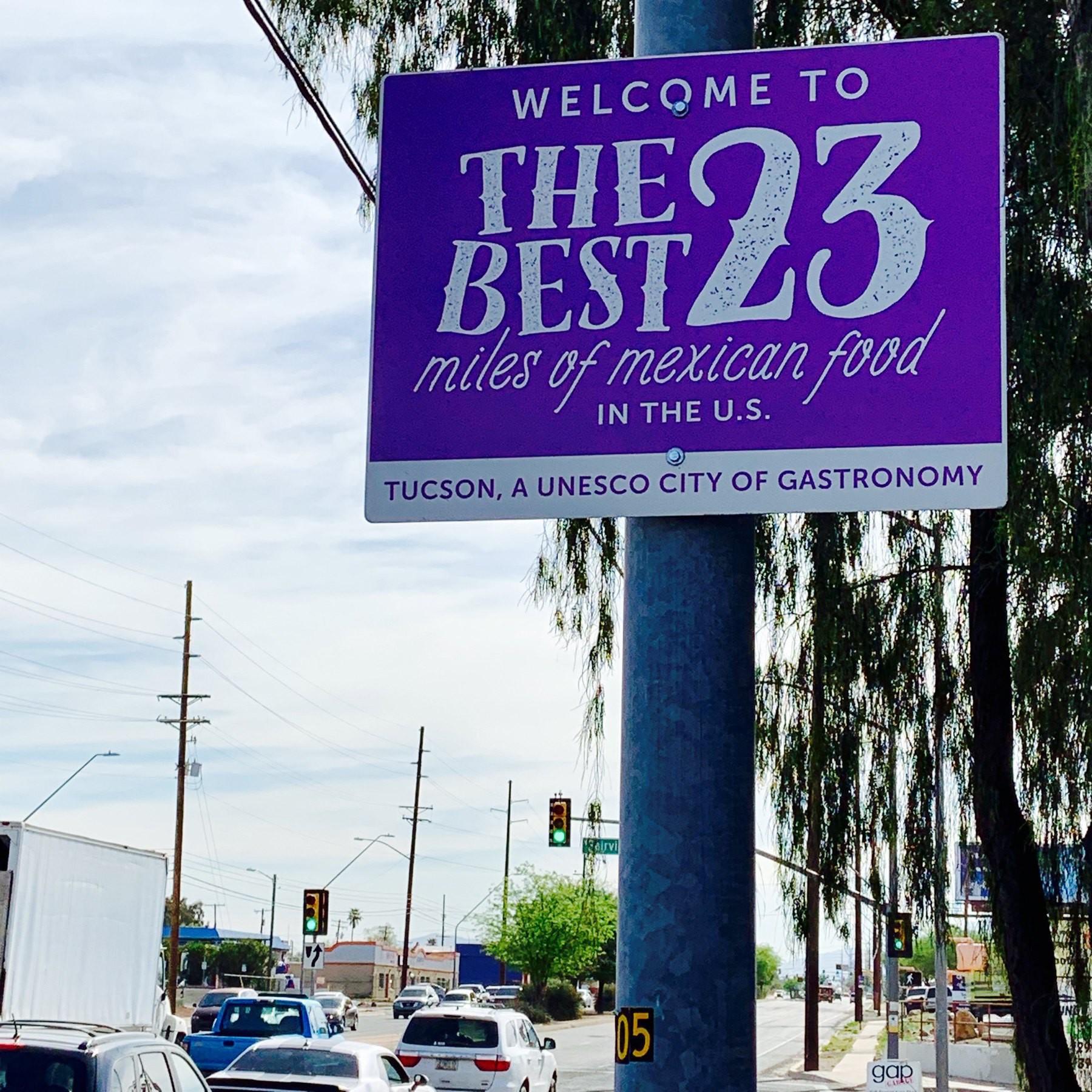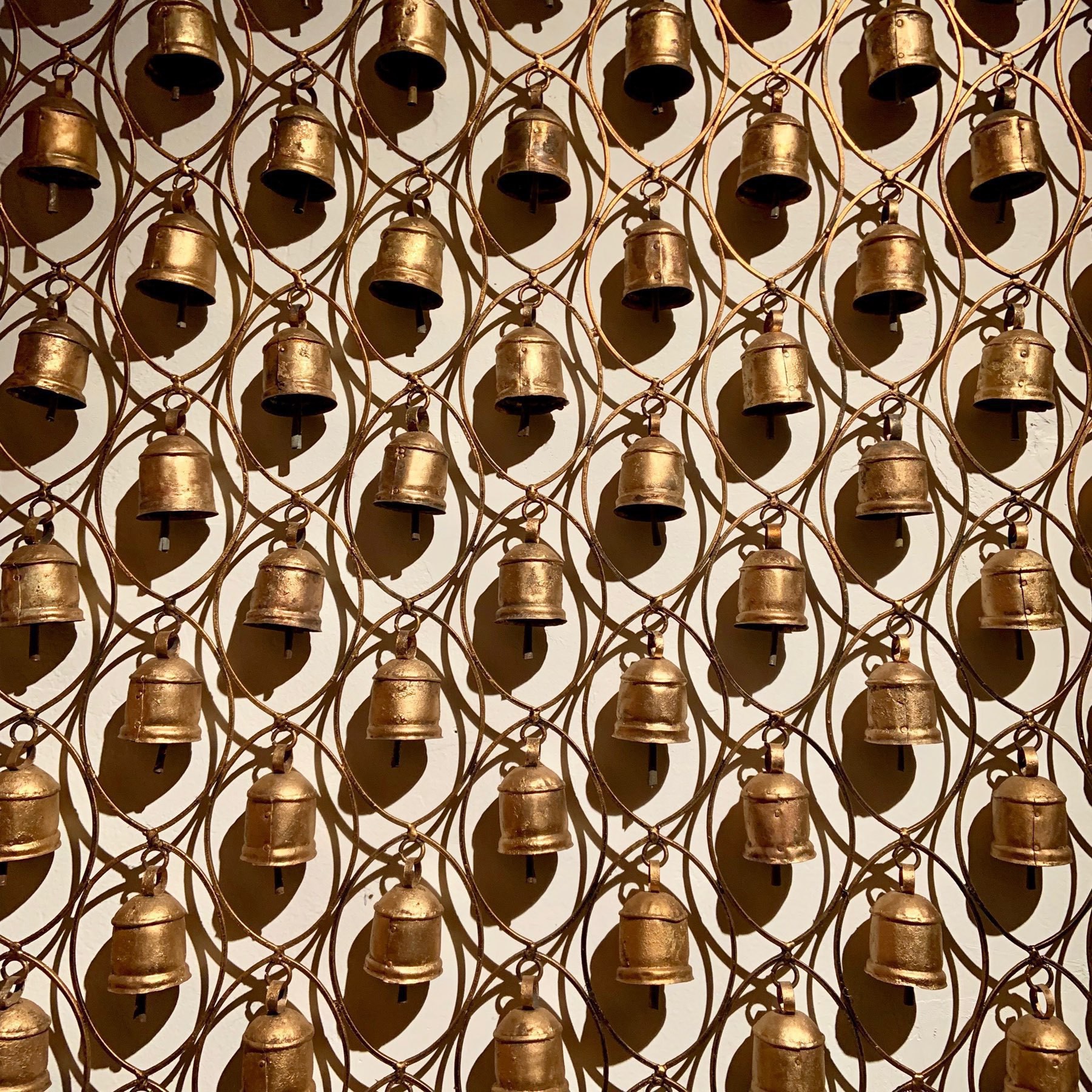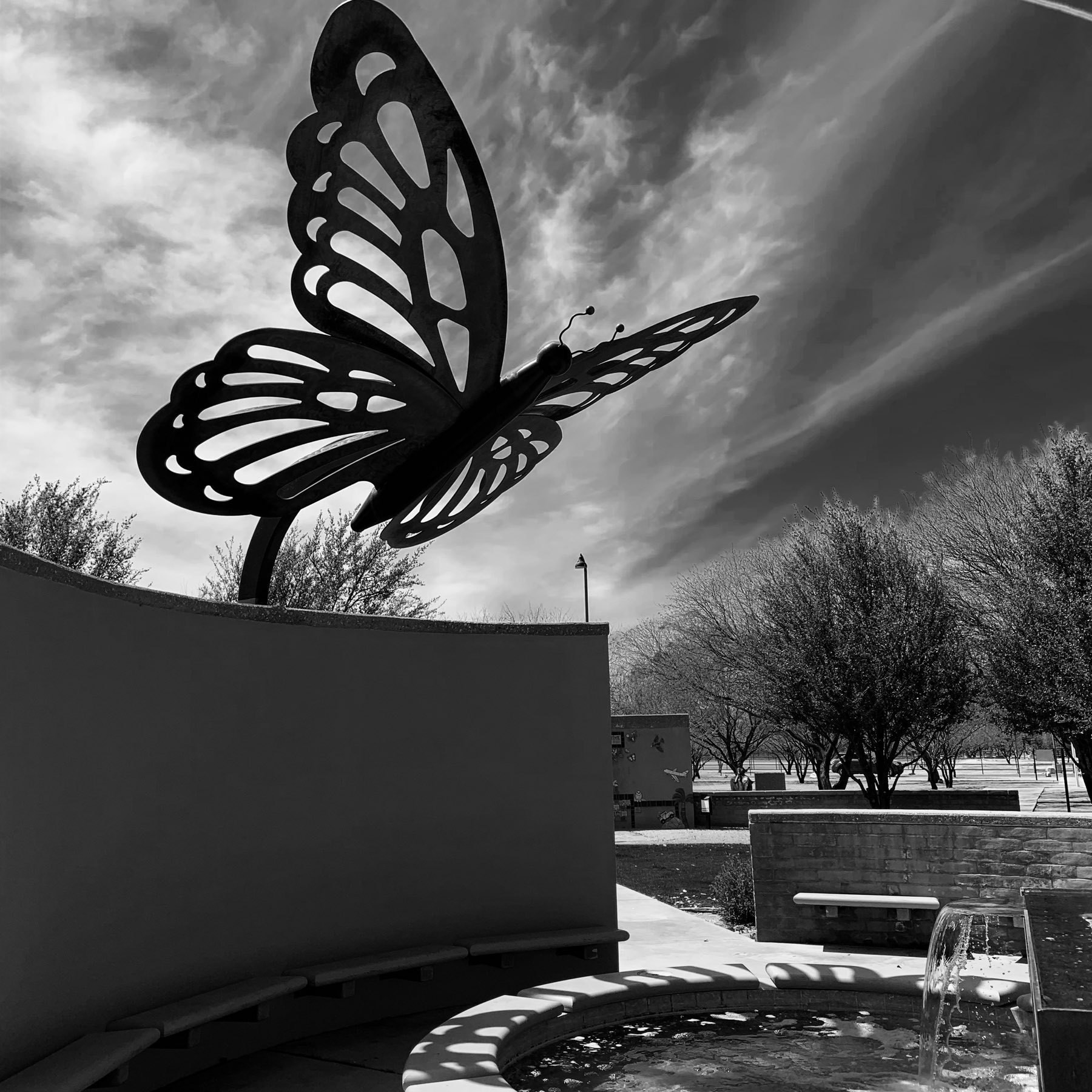⍟ Read this mini-lesson about ancient copies of the Bible.
⍟ The power of the devil can be terrifying, but Christians overcome him “by the blood of the lamb and the word of their testimony”. Be encouraged in the fight with my sermon from last night. I read a lot from Revelation.
⍟ Congrats to Crema Coffee! Now open for business in northwest Tucson (near Bookmans on Ina). Go say, hi. They use beans from Exo Roast.

⍟ After his resurrection, Jesus said, “Was it not necessary that the Christ should suffer these things and enter into his glory?” Tomorrow, I’ll explain from the book of Genesis how Jesus was right. Want to learn more? Come to my class tomorrow from 11:30am–12:00pm at Covenant.
This is the story about a 45-minute video on how to prune Mesquite and Palo Verde trees by Angelo Romeo. Feel free to stop reading, but if have at least one Mesquite or Palo Verde tree that you need to prune and don’t feel confident about doing it, you might want to read on.
Like most people around Tucson, I have several Mequites and Palo Verdes around my home. I love how they look and I want them to grow larger, especially on the west side of my home so I can have more shade on my house during the hot summer.
I know that pruning is an important to get big healthy trees, but I’ve been unsure how to do it. And because I don’t want to hurt the trees, slow their growth, or reduce their lifespan, I’ve been hesitant about doing anything. Worse yet, I’ve also been unwilling to pay someone to do it for me. Call me stuck.
Then I met Angelo Romeo. Anglelo is a professional tree trimmer and licensed arborist here in Tucson. After teaching me a few things, he told me about an an instructional video he made for folks like me so that I’d could learn what to do and prune the trees myself.
Angelo was a natural teacher and obviously knew what he was doing. So even though I had read pruning guides before and still felt unsure about what to do, I decided to give Angelo a shot and pay the $12 for the 45-minute download
Totally worth it. In addition to teaching the principles and techniques behind pruning, he also gives advice about tools, planting, and watering too. There’s no fluff or hard sales pitch. It’s not fancy in anyway. It’s just a really helpful guide. You can preview it on YouTube.
After watching the video I was excited to give it a try. It was fun and I’m happy with the results. So happy, I’ve been talking about tree trimming a little too much and I wrote this post.
If none of this fits your life, you can just be happy for me! But if this sounds like something you could use, go pay Angelo a few bucks for his hard work and get the video from his website.
Lutheran pastor, Johannes Brenz (1499–1570), writes in his Commentary on John:
It is not a true faith which is conceived from miracles and wonders or signs. For miracles are merely seals and witnesses. A seal certifies nothing new except what has already been committed to writing. In the same way, witnesses say nothing new, but they bear witness to things which have been heard or seen. Thus, miracles do not confer faith, and they do not take something uncertain and make it certain, but they confirm something that is already certain. They do not make believing persons out of unbelieving persons, but they confirm already believing persons in their faith.
This is why Jesus sometimes reproves people who ask him to do miracles or show them signs.
⍟ If you are looking for ways to improve your teaching, check out my little guide called Links for Improving Your Teaching. I added new links and revised it yesterday; so if you’ve seen it before and found it helpful, it’s worth another look.
Here are three thoughtful conversations about focus and distraction. They approach the subject from different angles; all are worth listening to.
I had some trouble getting the right links to share with you. Hopefully they will work. If not, search the web using the information below. You’ll be able to find them.
- How to Stop Hustling So You Can Achieve What Really Matters | Donald Miller interviewing Michael Hyatt on Building a StoryBrand
- Distracting Ourselves to Death | Michael Horton interviewing T. David Gordon on White Horse Inn
- Cal Newport Has an Answer for Digital Burnout | Ezra Klein interviewing Cal Newport on The Ezra Klein Show
⍟ Seth Godin’s Avacado Principles are ripe and ready to use. 🥑
⍟ Will and Lee brought down the house at the Tucson Folk Festival this afternoon! This is how they started the show. Check out youngmacdonaldband.com to see where they’re playing next.
According to the Post Office, there are 5,860 households within a half-mile of the church I pastor. If I introduced myself to 10 a week, it would take me more than 11 years to meet them all.
UPDATE: I’m not discouraged, just getting some perspective. I think these numbers lead to a lot of interesting questions.
⍟ What would be a great set of classic texts to read on the doctrine of the Trinity? Fred Sanders gives his answer in this annotated reading list.
When you understand what worship is, it’s easier to be active and truly present in worship.
Like learning the rules of baseball before you go to your first game, learning why we worship the way we do can help you better appreciate and participate in what’s going on. Conversely, not knowing can make the experience boring and even frustrating.
So if you want to be more present in worship, take some time to learn about worship.
There are some things on my Recommending Page you can read. And I preached a sermon last Sunday to get you going in the right direction. Give it listen.
Let me introduce you to a teenage Americana band that will knock your socks off, our good friends, Young MacDonald.
Will and Lee MacDonald are brothers who play gypsy jazz, bluegrass, and lots more on their violin and cello.
A couple days ago, they were staying up late answering questions and performing live on KXCI’s Locals Only. Listen to the show! You will not regret it. These boys are amazing.
This Sunday at Covenant, a young man we’ve been mentoring for a few months is going to profess his faith and be baptized. We’re so happy for him!
One of the things he says made a big difference for him in becoming a Christian was a book by Greg Koukl called the The Story of Reality: How the World Began, How It Ends, and Everything Important that Happens in Between, which he came across while working at a local library.
If you’re interested in learning more about Christianity you might want to read it for yourself. The Kindle version is on sale at Amazon right now. And, of course, you might find it in your local library too.
Sadly, many people would rather assume things about Christianity than take the time to learn how and why Christians see the world the way they do.
But if you are a curious person, I encourage you to take the time and learn more about the Christian faith. It might change the way you see things. It might even change your life.
Michael Kruger, author of Canon Revisited writes on his blog:
So, no one hid or suppressed these books. On the contrary, early Christians were quite open about the problems with these books and overtly stated why they should be rejected as part of the biblical canon.
Read the whole thing: What about the ‘Lost’ Books of the Bible?
The center of a clay tile mural handmade by Gail Roberts. You can see her amazing art all over Tucson.



